Sonata No 75 (Bicinia)
-
Ships in 3 to 4 weeks
Details
Description
SKU: ET.TP159
Composed by Johann Christoph Pezel. Arranged by Edward H. Tarr. Baroque. Editions BIM #TP159. Published by Editions BIM (ET.TP159).ISBN 9790207015440.
Johann Christoph Pezel[ius] (1639-1694) was trained as a "Stadtpjieifer", was appointed "Kunstgeiger" in Leipzig in 1664, reaching the Stadtpfeifer group in 1669. He distinguished himself as a skilled trumpet player. In 1676 he applied unsuccessfully for the position of cantor of St. Thomas, not receiving the post perhaps because he was both a city piper and a Catholic. At any rate, he was highly esteemed as a musician, becoming a city piper in Bautzen in 1681, where he took an important part in local musical life until his death.
In Pezel's sonatas for cornetts and trombones, "Hora Decima" (1670) and "Fünff-stimmigte blasende Music" (1685), he reached the highest level of so-called tower music, the compositions being arranged as suites and distributed all over Germany and even beyond its borders. In 1675, Pezel published his "Bicinia Variorum Instrumentorum", of which the present work forms a part. Besides the present sonata for trumpet, bassoon and continuo, the collection also includes six others for two trumpets and continuo. (See: Six Sonatinas in C published by The Brass Press, Edward H. Tarr Series).
Music for trumpet and basso continuo occurs very seldom, and the combination of trumpet, bassoon, and continuo presented here seems to be unique. (See Prentzel's Sonata in C for Trumpet, Bassoon, and Basso Continuo published by The Brass Press, Edward H. Tarr Series).
Neither Pezel nor Prentzel indicates which continuo instrument should be used, but since there is a figured bass we can be sure that a harpsichord or organ was intended. It was probably reinforced by a violone. The modern trumpeter must keep in mind that the piece was written for the Baroque natural trumpet with its imperfect fourth (f", too high) and sixth (a", too low). Old writers often remarked that the combination of trumpet and organ was most impracticable, especially after equal temperament had become introduced, because the trumpet's imperfect notes were thus caused to appear more boldly. For this reason, almost no works for trumpet and organ were written during the Baroque period. In 1678, Giovanni Bonaventura Viviani published two sonatas for trumpet and organ and later, Johann Ludwig Krebs wrote several chorale preludes for organ and slide trumpet (tromba da tirarsi), which latter instrument of course could play better in tune. Today's trumpet is somewhat improved in matters of pitch, but at the same time the strength of its sound has increased, making it rather difficult to play together with a harpsichord. The organ is thus to be preferred as a continuo instrument. The trumpeter must nevertheless be careful not to obscure the bassoon, whose part of course is equally as important as his own.
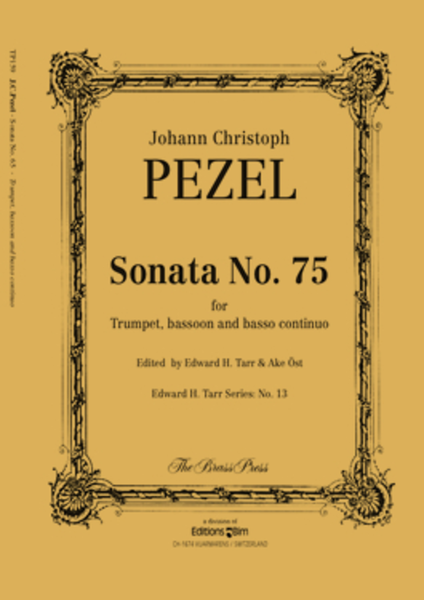
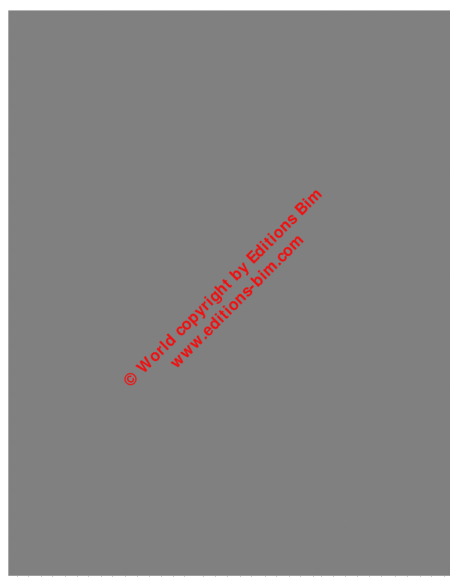
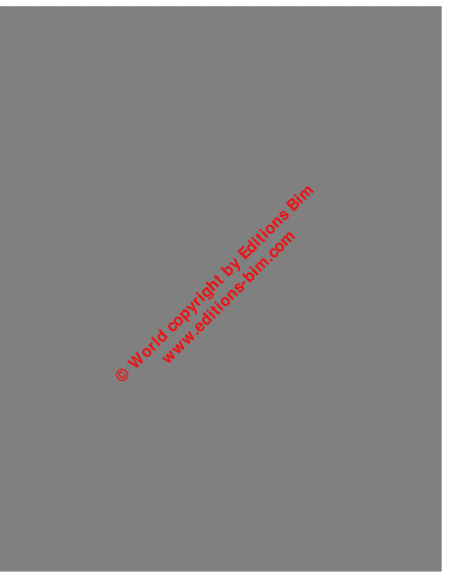
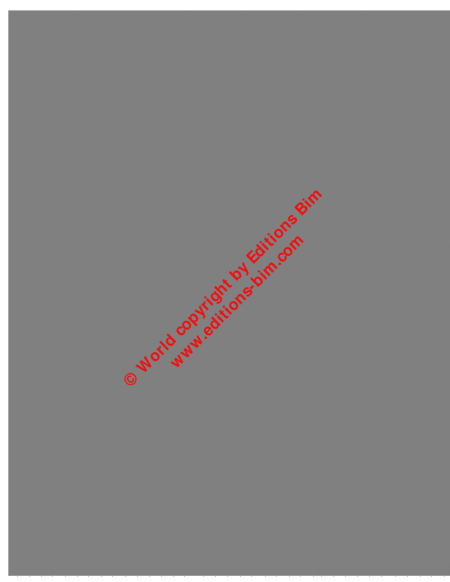
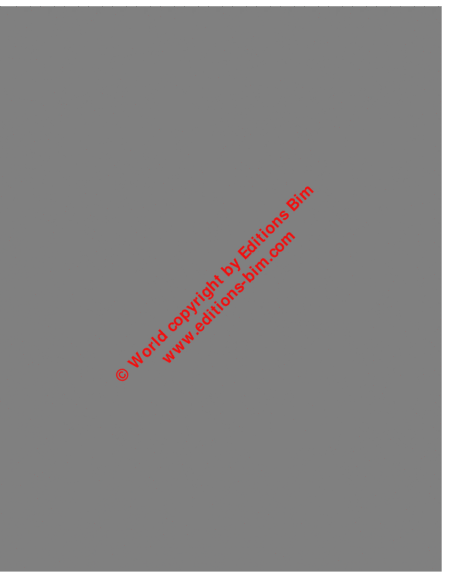
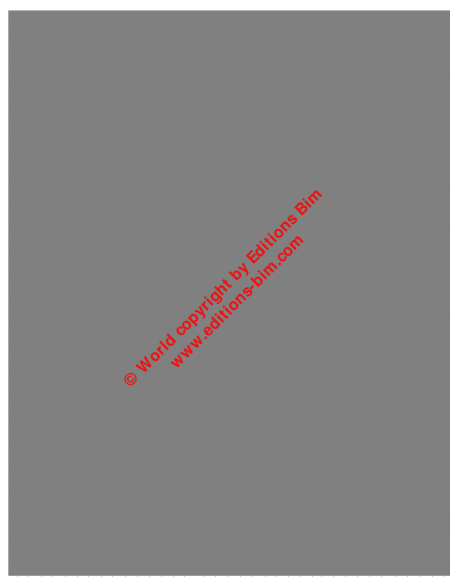
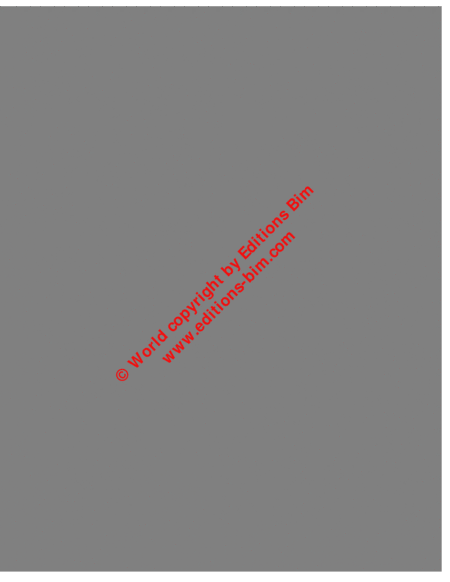
 Share
Share